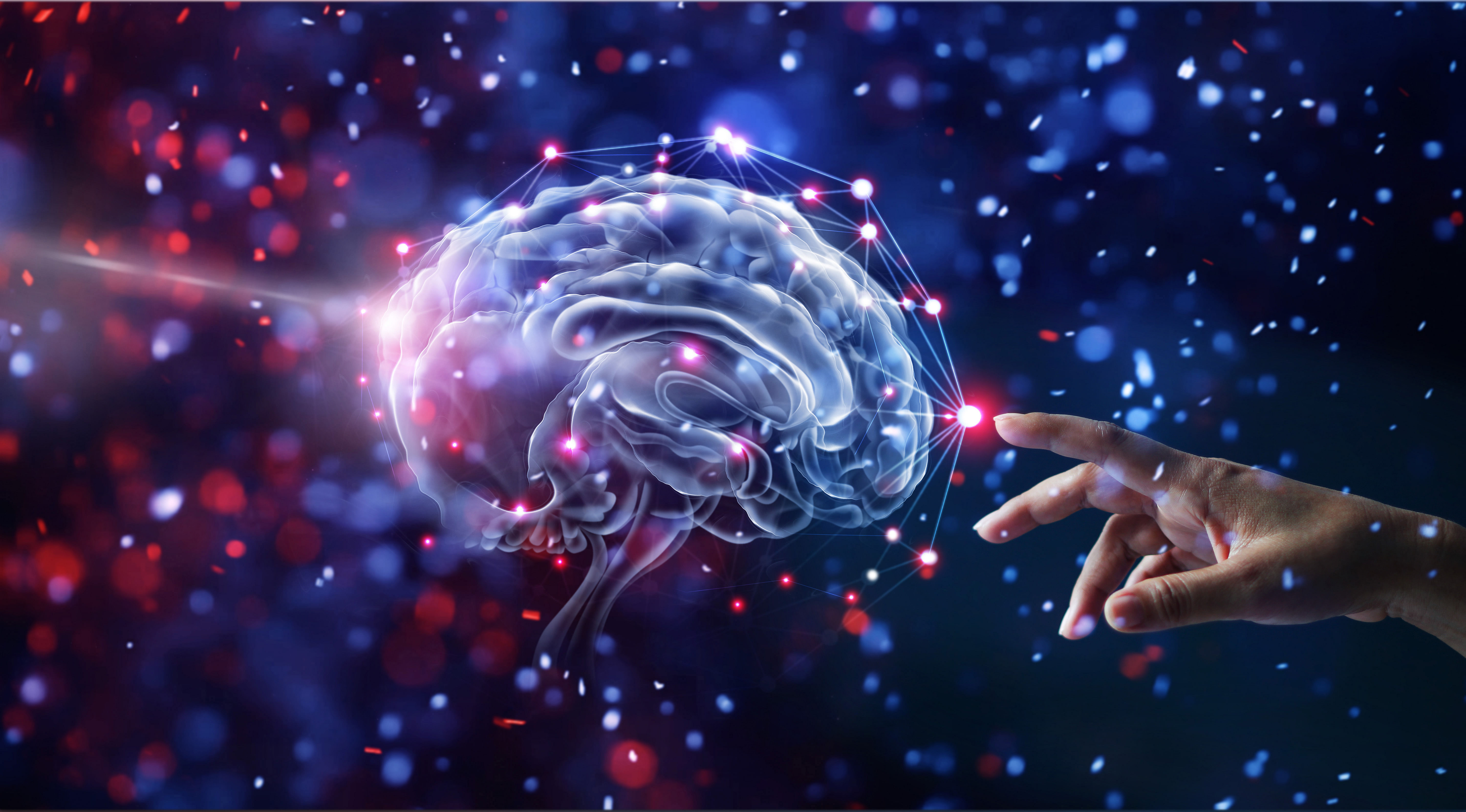
Representative image
Credit: iStock Photo
A study by a team of researchers at Nimhans has revealed how the use of Deep Brain Stimulation (DBS) to regulate extreme cases of Obsessive-Compulsive Disorder, commonly known as OCD, has borne positive results.
The researchers, specialising in Psychiatry and Neurosurgery, studied in detail how Deep Brain Stimulation (DBS) is reportedly a highly complex and precise neurosurgical treatment which involves stimulating particular parts of the brain using fine electrodes. While DBS is administered in treating neurological conditions like Parkinson’s disease, over the last two decades, there has been encouraging results with DBS for psychiatric conditions like OCD, concluded the researchers.
The researchers DH spoke said it is recommended only for severely ill patients who do not improve with non-invasive treatments like medicines and Cognitive Behavioural Therapy (CBT). In the study they analysed patients who underwent DBS at Nimhans, and compared them to a subset of patients who were managed medically. In their interim analysis, of the nine patients who underwent surgery, as many as five had shown complete response and two displayed partial response. This was then compared with six patients who did not undergo surgery among whom only one was a partial respondant.
Dr Dwarakanath Srinivas from the Department of Neurosurgery at Nimhans, who undertook the surgeries said, “There are standard treatment guidelines specifying criteria for selecting suitable patients for such surgical interventions. While in the world over, OCD is an emerging indication, this study is the first of its kind from India.”
Dr Shyam Sundar, from The Department of Psychiatry who heads the OCD Clinic at Nimhans, told DH, “The bright side of DBS technique is that the alterations it can cause in the brain are reversible and can be regulated post-surgery, unlike older techniques such as capsulotomy, where changes made in the brain cannot be changed in case of adverse side effects.”
He added, “Generally, the unexpected outcomes associated with DBS is very less, which amounts up to 2%. When some of our patients showed mild side effects like shakiness of hands and legs, we adjusted the stimulation through external regulation.”
With an approximate global prevalence of 2% per population, the symptoms of OCD generally include repetitive, unwanted thoughts causing anxiety, forcing the individual to perform compulsive tasks in order to decrease the anxiety. The most common presentations include fears of getting contaminated associated with washing, repeated doubts and checking, arranging or counting and having repugnant thoughts, which may at times be sexual or aggressive.